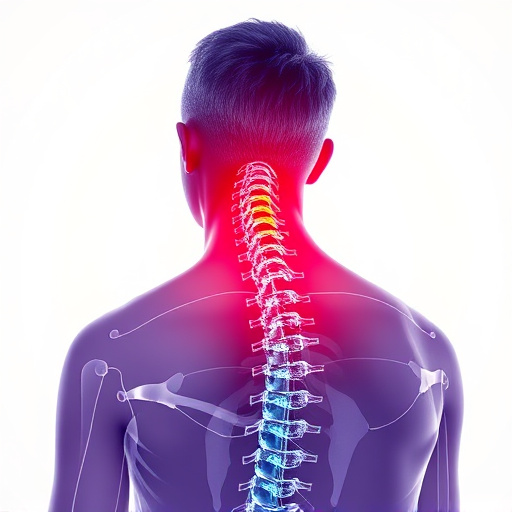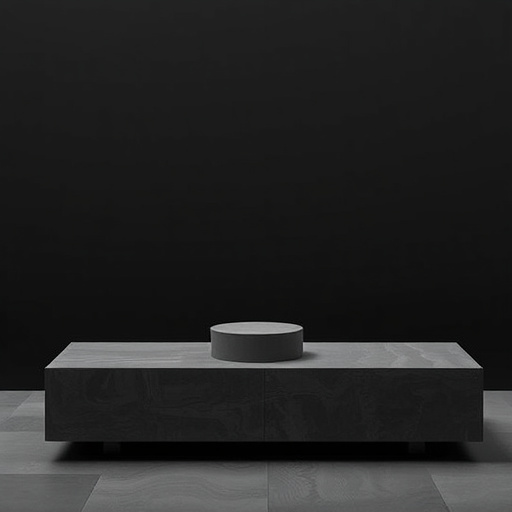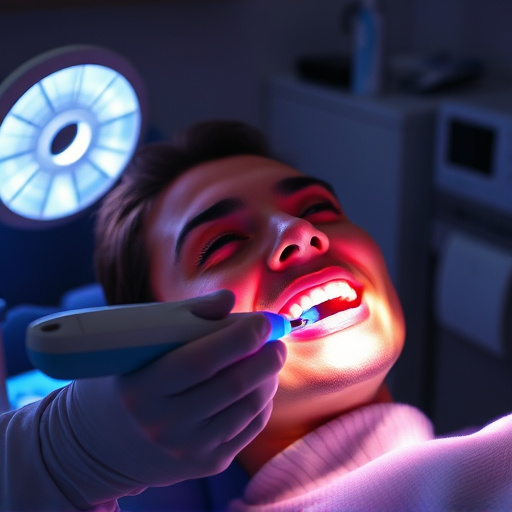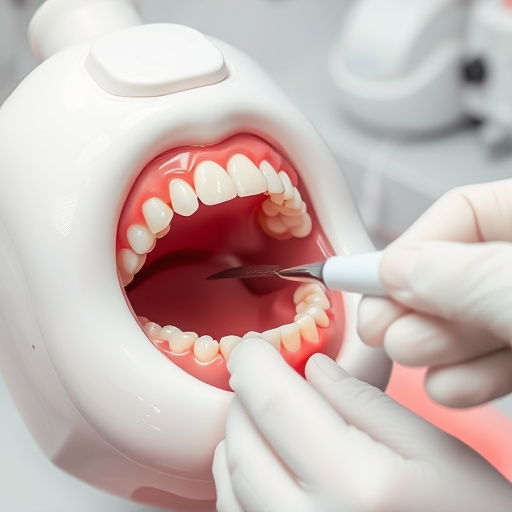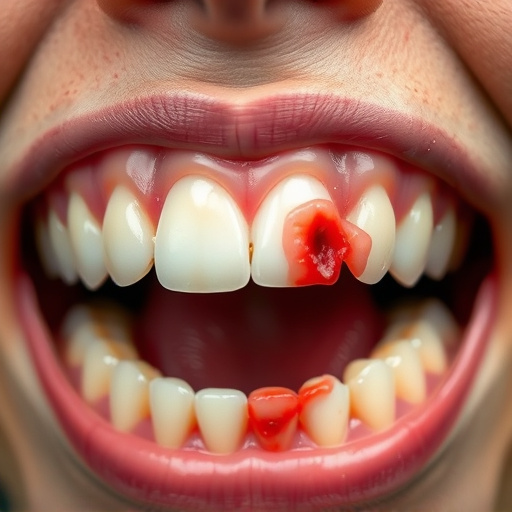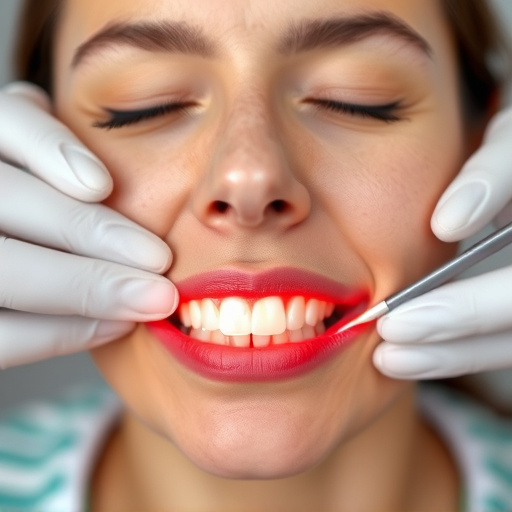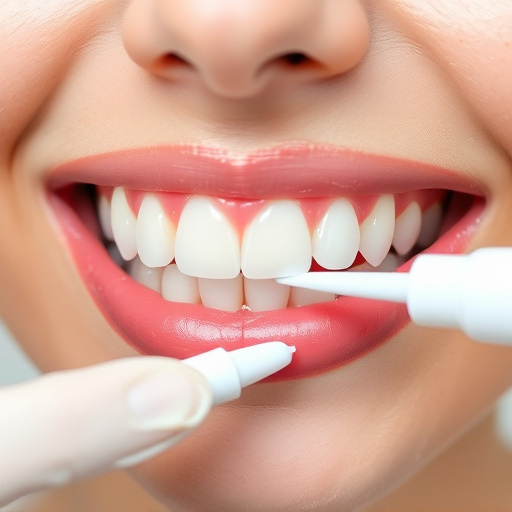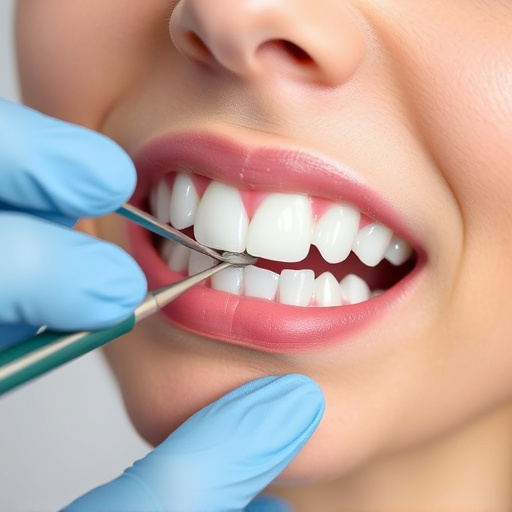Dental crowns and bridges, with proper care using porcelain/ceramic, can last decades. Oral hygiene, regular dental check-ups, and maintenance extend their lifespan. Factors like gum disease, orthodontic devices, and clear aligners impact durability. Daily cleaning, flossing, mouthwash, and semi-annual cleanings are crucial for preservation. Incorporating clear aligners or dental implants enhances their health and longevity.
Dental crowns and bridges are essential components of oral restoration, offering durability and functionality. However, their longevity requires careful consideration and maintenance. This article delves into the intricacies of long-term care for dental crowns and bridges, exploring factors that impact their durability and providing strategic maintenance tips. Understanding these elements ensures optimal performance and a vibrant smile for years to come.
- Understanding Dental Crowns and Bridges Durability
- Factors Affecting Long-Term Care Requirements
- Maintenance Strategies for Optimal Longevity
Understanding Dental Crowns and Bridges Durability
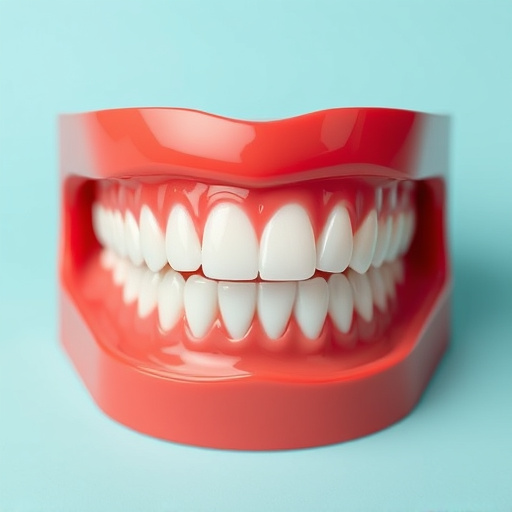
Dental crowns and bridges are designed to last for many years with proper care. While their durability is one of the primary advantages, it’s essential to understand that longevity depends on various factors. Materials play a crucial role; porcelain and ceramic crowns, for instance, are highly resistant to chipping and staining compared to metal options. Regular teeth cleaning routines at home and professional dental cleanings are vital to maintaining this integrity.
Over time, wear and tear can occur, especially with bridges. Food particles and plaque buildup can weaken the bond between the bridge and teeth, leading to potential shifts or fractures. That’s why a good oral hygiene routine, including brushing and flossing, is essential alongside regular check-ups. Unlike dental fillings, which may require replacement after a few years, well-maintained crowns and bridges can last for decades, making them a reliable long-term solution for restoring oral health and function.
Factors Affecting Long-Term Care Requirements
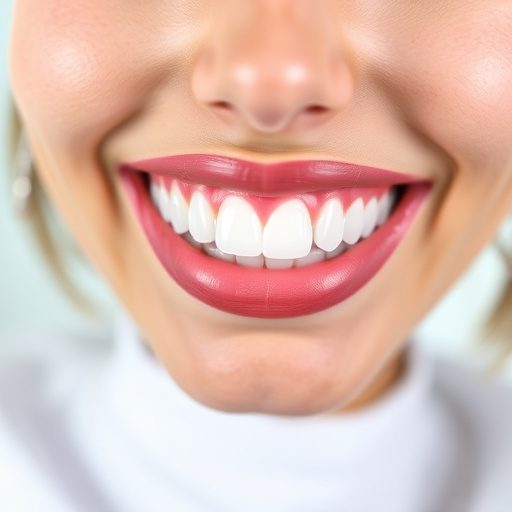
The long-term care requirements for dental crowns and bridges vary based on several factors. One key consideration is the patient’s oral hygiene habits and general health, as proper teeth cleaning and regular dental check-ups can significantly extend the lifespan of these restorations. Another important factor is the type of restoration; for instance, dental crowns tend to have longer durations than bridges due to their solid structure and protection over the remaining tooth.
Additionally, the quality of the initial placement plays a crucial role, with precise fitting and strong bonding ensuring better longevity. The presence of clear aligners or other orthodontic devices can also impact care needs, as they might require special cleaning procedures to prevent plaque buildup around the crowns and bridges. Furthermore, underlying dental conditions such as gum disease or tooth decay can compromise the integrity of these structures, necessitating more frequent maintenance and replacement.
Maintenance Strategies for Optimal Longevity
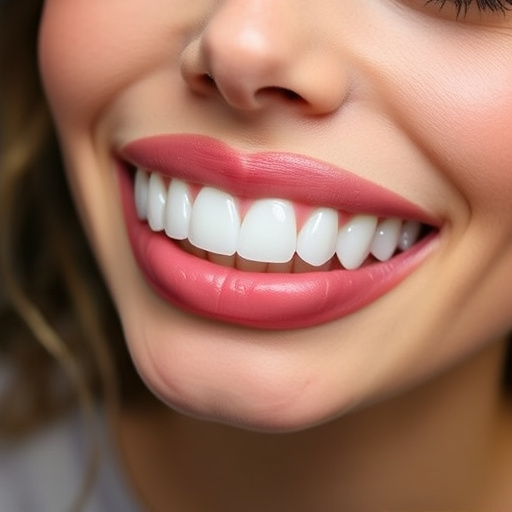
Maintaining dental crowns and bridges is essential for ensuring their longevity and preserving oral health. Regular cleaning routines at home are a cornerstone of this process. Brushing twice daily with fluoride toothpaste and flossing once daily help remove plaque buildup, which can cause damage to these restorations over time. Additionally, using mouthwash can further aid in plaque removal and reduce the risk of gum disease.
Preventive dentistry plays a crucial role in maintaining dental crowns and bridges. Regular dental check-ups and professional cleanings every six months allow for early detection of any issues. During these visits, dentists can assess the condition of restorations, clean hard-to-reach areas, and provide tailored advice for maintenance. Incorporating clear aligners or other preventive measures, such as dental implants, into a comprehensive oral care plan can also contribute to the overall health and durability of dental crowns and bridges.
Dental crowns and bridges, with proper care, can last for many years. By understanding their durability and the factors influencing long-term care, patients can ensure optimal longevity. Regular maintenance strategies, including oral hygiene, dietary choices, and routine dental check-ups, play a crucial role in preserving these restorations. With the right approach, dental crowns and bridges can maintain their integrity, providing long-lasting functionality and aesthetic appeal.




